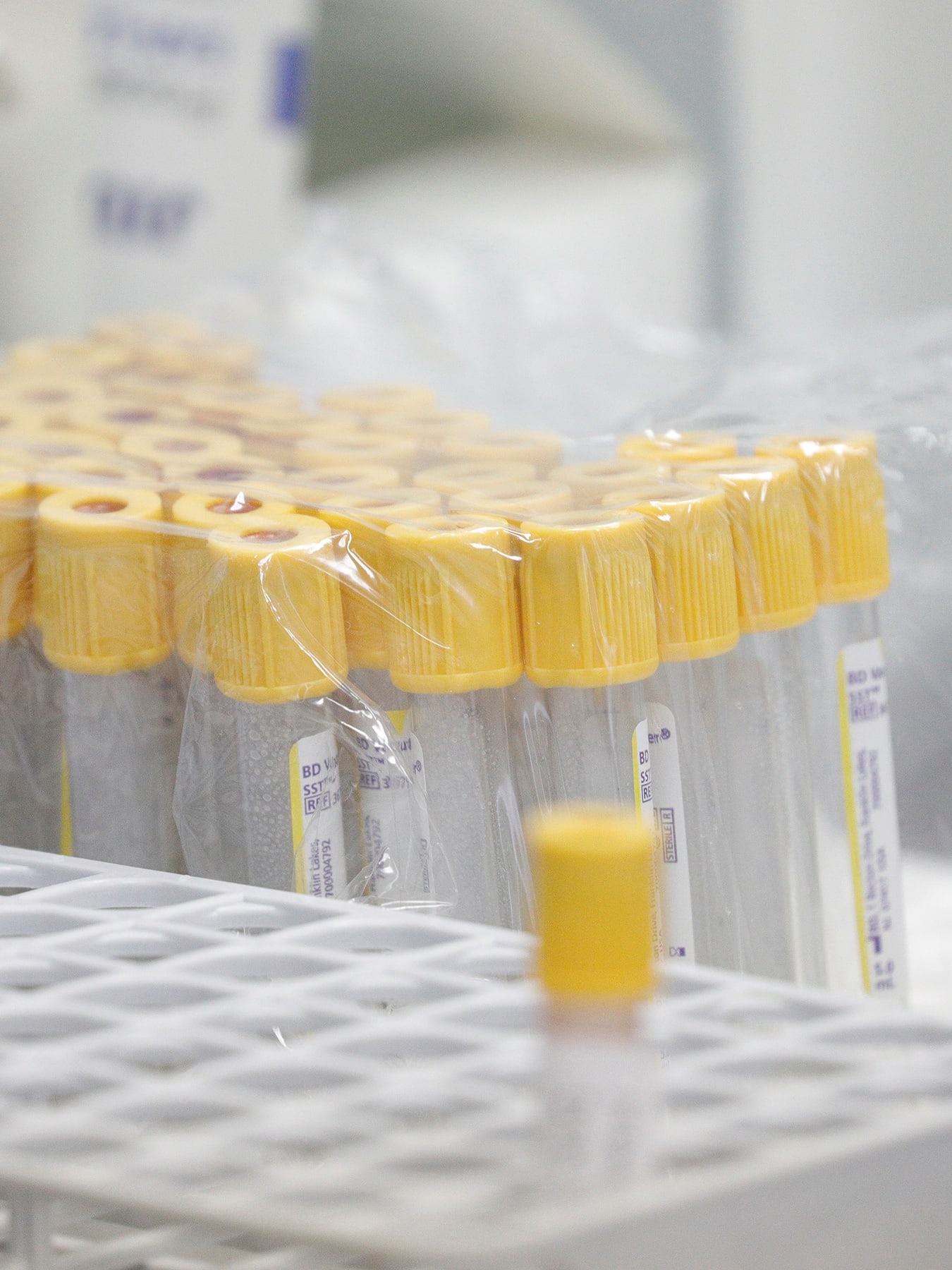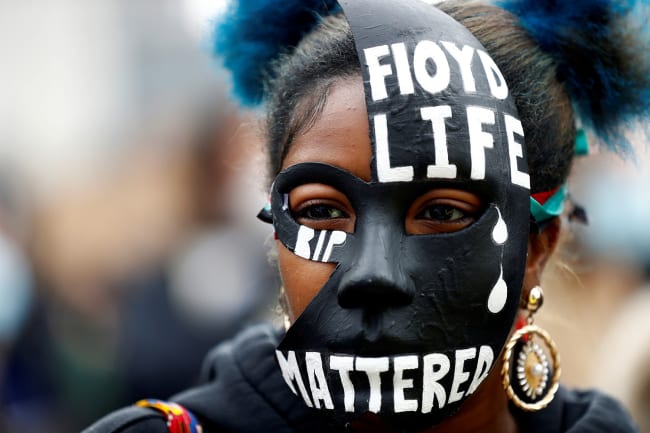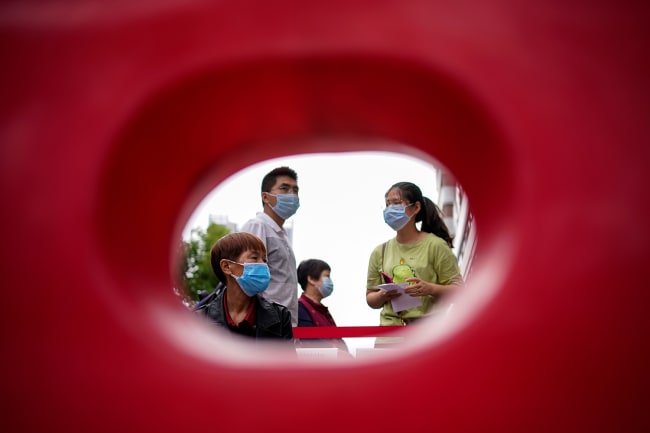The haphazard U.S. approach to COVID-19 data reporting and analysis is a weak link in the country's coronavirus preparedness and response chain. To quote the top federal infectious disease expert Anthony Fauci, You need no weak links…one weak link and the whole thing falls apart." Weak link data has left governors, health officials, and epidemiologists ill-equipped, lacking the most basic information they need to make real-time and informed decisions to anticipate, control, and mitigate the spread of coronavirus in the United States.
In the absence of a clear national COVID-19 data strategy, local governments and health officials should collaborate and invest in local data systems and experts to conduct robust and relevant analyses to help shape the trajectory of the pandemic.
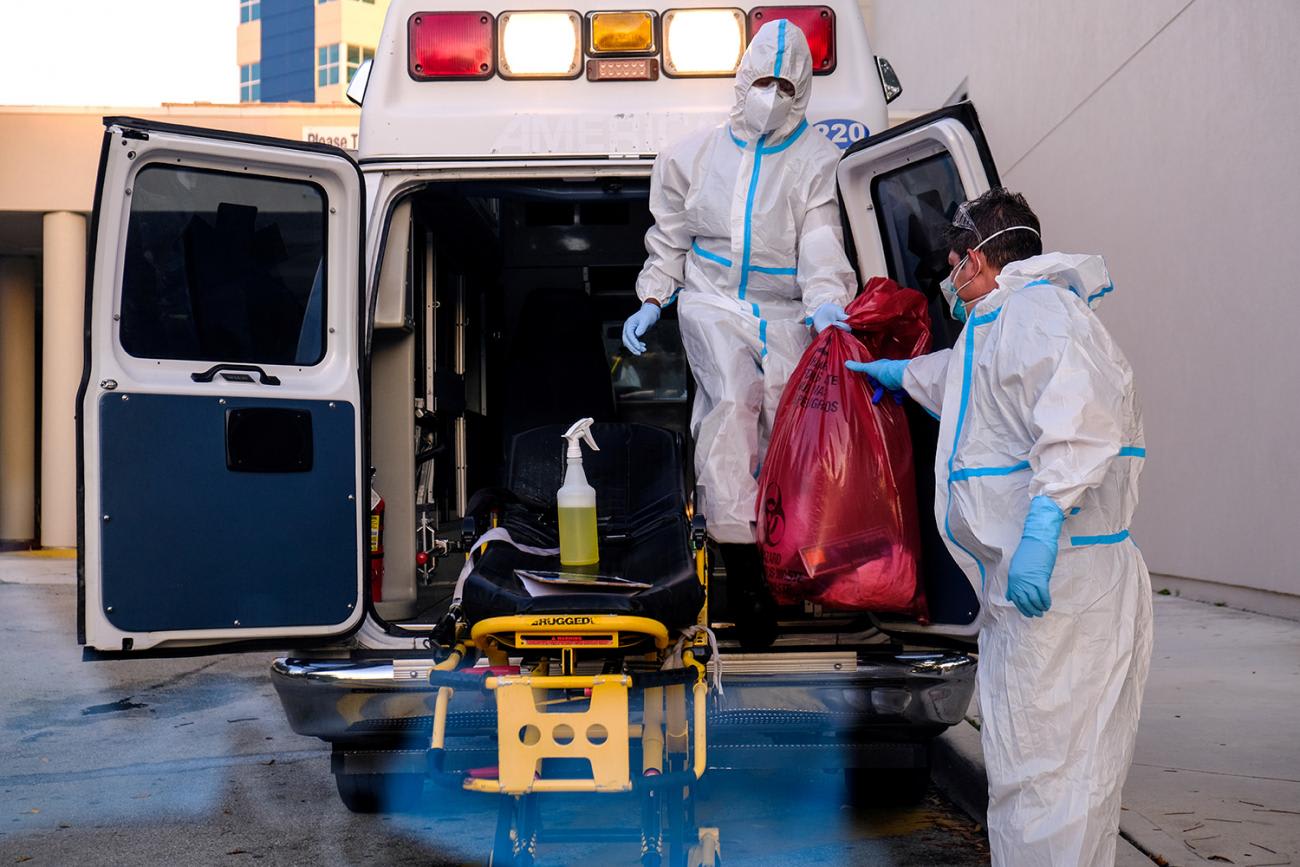
A new analysis from researchers at Population Council, which we authored, looked at seventy COVID-19 data sources from the U.S. Centers for Disease Control and Prevention (CDC) and health departments across fifty states, nine territories, and ten major cities. It found that data reporting is woefully inadequate and regrettably incomplete.
Gender identity or sexual orientation was not reported, preventing identification of cases and deaths among LGBTQ+ communities
Less than 50 percent of these data sources reported on all COVID-19 outcomes—including, cases, hospitalizations, recoveries from hospitalization, deaths, and testing. And despite the CDC issuing case investigation forms, which includes key demographic indicators on each COVID-19 case, these indicators were disaggregated only for cases and deaths by age, race or ethnicity, geography, and sex. Gender identity or sexual orientation was not reported, preventing identification of cases and deaths among LGBTQ+ communities, and poverty levels, the percentage of households living at or below the poverty line, were only reported by New York City and Los Angeles. Another analysis that only looked at fifty states and Washington D.C. also found that the data reporting is inconsistent, calling it an "information catastrophe."

The muddled approach to data reporting these studies have exposed is troubling because it hinders the country's ability to analyze and use critical information to understand who is infected, who is at risk, who within the population is getting tested, and who is experiencing severe disease outcomes. Such analyses are vital for deploying effective targeted containment, contact tracing and isolation, and accurate treatment strategies because it allows decision-makers to identify the most at-risk, vulnerable populations and allocate resources to where they are needed the most.
Further, reporting and analysis of incomplete demographics falls short of painting the full picture of the causes of certain disparities, like the racial and ethnicity disparities of COVID-19. Demographic indicators are all linked. They interact with one another and drive disparities. However, if we are only looking at one or two indicators for each outcome, we cannot understand multiple vulnerabilities that could put certain populations at risk for COVID-19, and therefore we cannot even begin to address the inequity of COVID-19 infections, hospitalizations, and deaths. Health departments need to strengthen data systems for a more structured and comprehensive approach to collecting, reporting, and analyzing factors associated with COVID-19 outcomes and testing.

What "Strong Link" Data Would Do
Having detailed data would allow for intersectional analyses of demographic indicators relevant to COVID-19 outcomes to gain a fuller understanding of how and why the coronavirus is disproportionately affecting different communities.
Understanding how and why the coronavirus is disproportionately affecting different communities
For example, recent racial data associated with COVID-19 cases demonstrates that Black and Latinx populations across all age groups are being infected at higher rates compared to white Americans, unveiling that their likelihood of being a frontline worker who relies on public transportation, and lives in a more confined space than a white American is attributing to the disparity. But without complete data, we don't know the full extent of these disparities. While requesting access to this data, The New York Times reported a massive data gap with missing racial information on hundreds of thousands of positive COVID-19 cases, another weakness in the U.S. disease surveillance system.
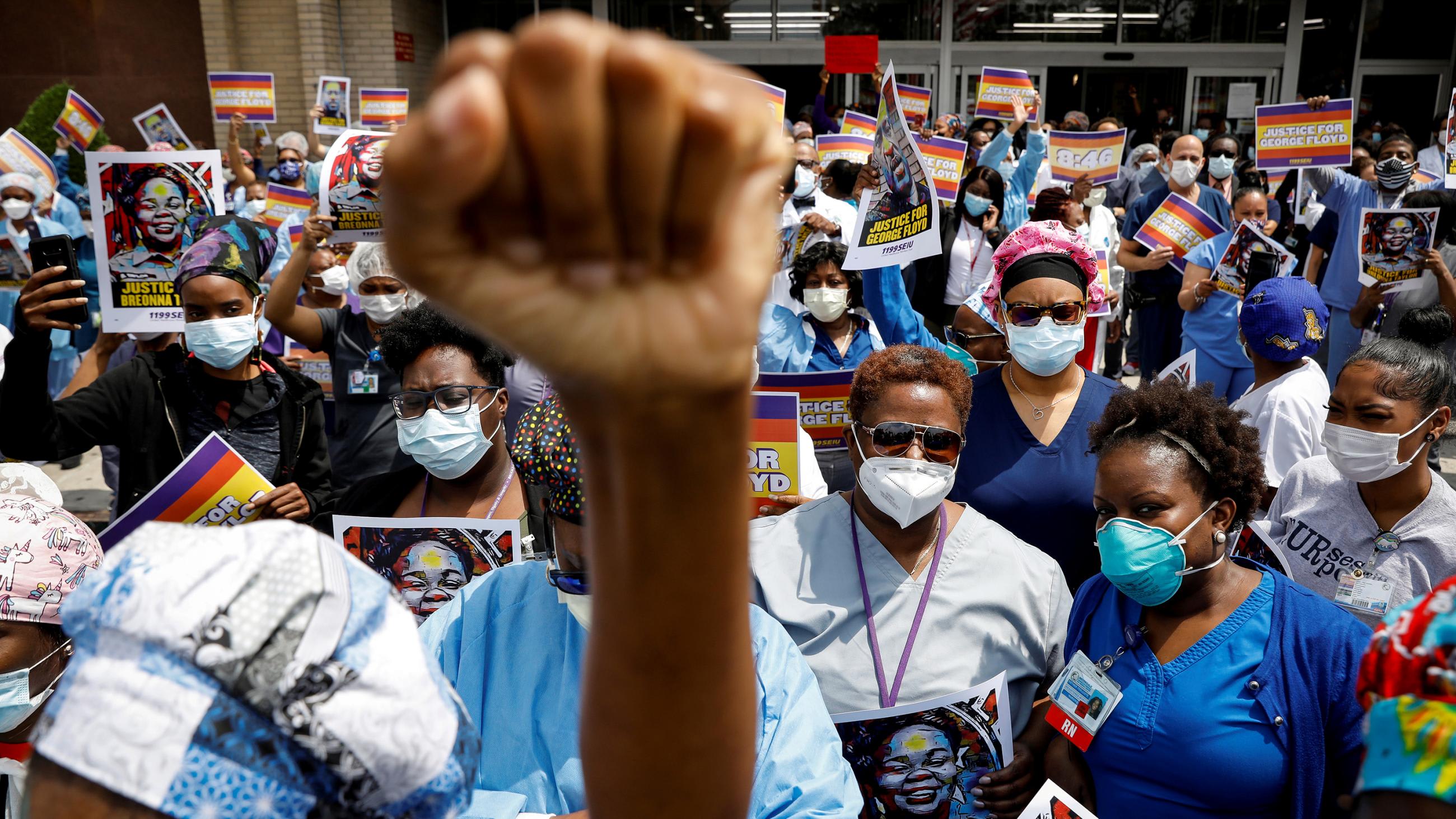
Our own Population Council analysis showed that less than one-third of seventy data sources across the United States conducted intersectional analysis of more than one key demographic indicator by a COVID-19 outcome or testing. An analysis that focused on COVID-19 cases and deaths by basic demographic indicators also concluded that COVID-19 surveillance reporting is inadequate to develop robust intersectional analyses.
Many hospitals are already scrambling to adjust to this new and confusing system
Together, these studies reveal the major gaps in data collection, reporting, and analyses at the national, state and local levels. Against this backdrop, the Donald J. Trump administration has ordered hospitals to bypass the CDC [PDF] and send all COVID-19 patient information to a central database managed by a private company for the Department of Health and Human Services. This move raises alarms and questions about data transparency and the ability of a private company to conduct quality control and sophisticated analyses on essential demographic indicators and COVID-19 outcomes. Many hospitals are already scrambling to adjust to this new and confusing system.
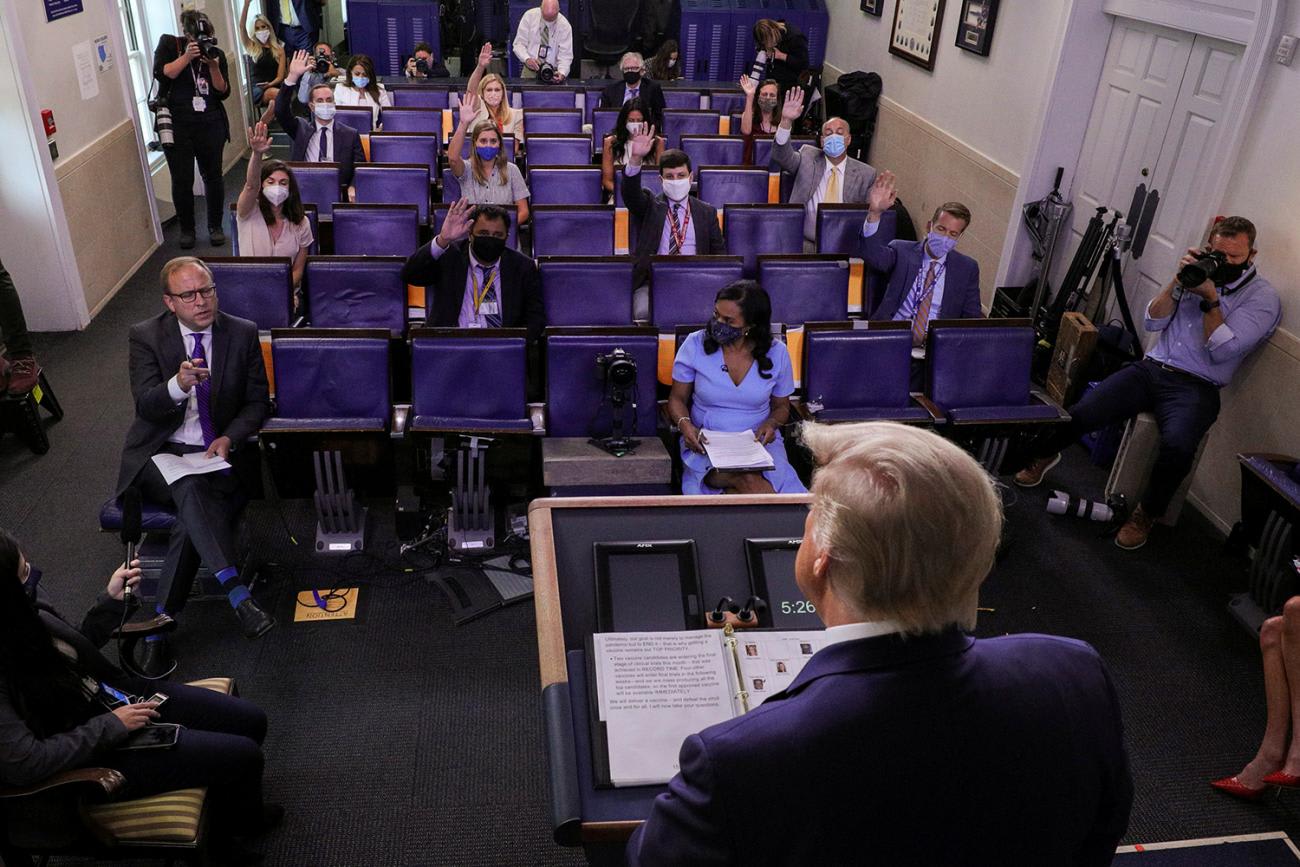
The United States remains the epicenter for COVID-19 with cases surging at record highs and hospitalizations and deaths on the rise. Having the best data reporting and seasoned experts to conduct analysis at the local and national levels can help guide containment efforts, build a more targeted response strategy, and foster learnings across cities and states as new hotspots arise.
Without this data, local health officials will continue to operate in the dark
Governors and local health department officials cannot afford to treat data as a weak link in their response effort. Local governments and health departments should invest in their data systems and experts, collaborate across state lines to share expertise, bring in scientists from research universities and institutions to provide support, and make data available to researchers and the public as quickly as possible. Accurate, complete, and timely data is foundational to infectious disease prevention and control. Without this data, local health officials will continue to operate in the dark in their fight against COVID-19.
